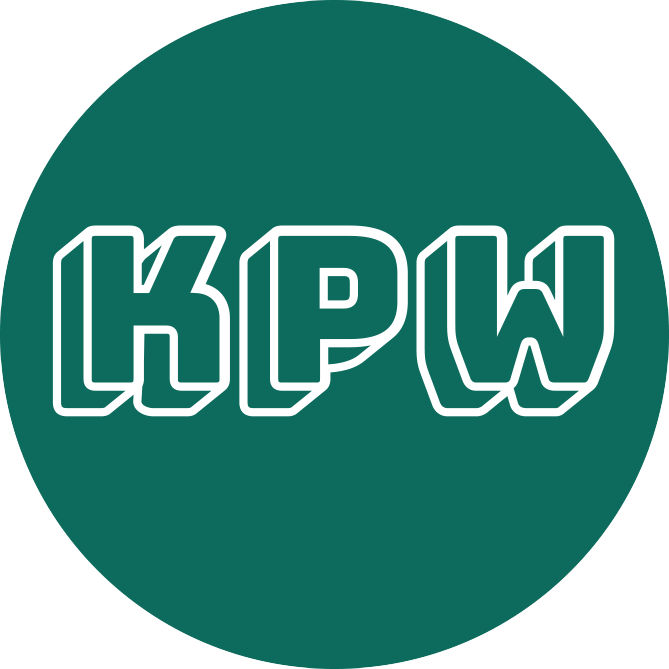
Background knowledge
Requirement
to a
Trademark regulation.
Requirement
to a
Trademark regulation.
Trademark statutes for warranty and collective marks
The trademark regulations play a central role for warranty and collective trademarks. They define the conditions under which such a trademark may be used and, in particular, regulate the laws and obligations of users.
certification mark
A certification mark is used to guarantee certain properties or qualities of goods or services. The trademark owner itself may not use this trademark, but may only make it available to third parties to identify their products or services under certain conditions.
Collective brand
A collective mark is managed by an association or organization and can be used by its members. It is used to differentiate the goods or services of a particular association or professional group from other providers.
The trademark regulation: importance and necessity
The trademark regulation are a mandatory component for the registration of a warranty or collective trademark. It specifies the requirements that must be met in order to use the trademark and regulates its control and the sanctions for violations.
Registration is not possible without a trademark regulation that meets the legal requirements.
Content requirements for the trademark regulation
A trademark regulation must include at least the following points:
Information on the identity of the trademark owner
The articles of association must contain the name and address of the trademark owner as well as its legal form. The trademark owner must belong to an organization that is authorized to manage the trademark (e.g. an association for collective marks or a certification body for certification marks).
Description of the trademark and its meaning
The trademark regulation must clearly describe what the trademark stands for. This includes:
- The representation of the trademark (word or figurative mark)
- A definition of the protected goods or services
- The importance of the trademark with regard to quality or origin characteristics
Conditions for the use of the trademark
It must be clearly regulated who may use the trademark and under what conditions. This includes:
- For certification marks: The objective quality or test criteria that a product or service must fulfill
- For collective brands: The requirements for membership of the association or organization
Laws and obligations of users
The articles of association must clearly define the laws and obligations of the users. This includes, among other things:
- The obligation to comply with the defined standards
- The possibility of using the trademark for advertising purposes
- The duration and conditions of use
Control mechanisms for compliance with the standards
A key component of a trademark statute is the rules for monitoring compliance with the usage specifications. These include
- The definition of audit institutions or control mechanisms
- The description of the test procedure (e.g. random samples, certification by external bodies)
- The consequences of non-compliance
Sanctions for violations
If a user violates the statutes, appropriate sanctions must be provided, e.g:
- Warnings
- Temporary or permanent usage restrictions
- Contractual penalties or claims for damages
Dispute resolution procedure
In order to avoid legal disputes, the articles of association should contain provisions for a dispute resolution procedure. This can be, for example, mediation by a neutral body or arbitration proceedings.
Special requirements for trademark statutes depending on the legal system
The exact requirements for a trademark statute can vary from country to country. In Germany, the Trademark Act (MarkenG) regulates the requirements, while the European Union Trademark Regulation (EUTMR ) is relevant at EU level. Here are some of the differences:
- The DPMA requires a detailed description of the control mechanisms, while the EUIPO places greater emphasis on objective examination criteria.
- In Germany, collective marks must explicitly define the membership requirements; in the EU, these can be somewhat more flexible.
SUMMARY
The trademark statutes are the central control instrument for the use of warranty and collective trademarks. It ensures that the trademark is used in accordance with its purpose and that the defined standards are adhered to. Careful drafting, taking into account the legal requirements, is therefore essential for successful trademark registration and administration.
Questions about trademark statutes?
We are happy to
advise you about
trademark law!
Our team
in trademark law
Our team
in trademark law











